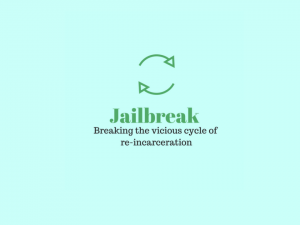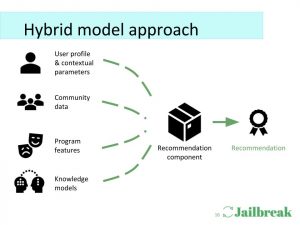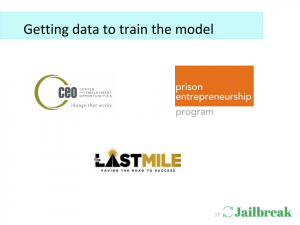Problem
Within 3 years of release, over 2/3rd of prisoners are re-incarcerated.1 States collectively spend $80 billion a year on correctional costs.2 This is a vicious cycle that must be broken for the sake of these individuals, their families and communities, and the taxpayer dollars that go to support our overcrowded prison system.
These prisoners end up incarcerated as a result of all kinds of crimes and come from all sorts of backgrounds. Studies show that 80% of federal prisoners battle with a history of drug or alcohol abuse, 2/3rds do not have a high school diploma, up to 16 percent have at least one serious mental disorder, and 10% are homeless in the months up to incarceration.3
Each offender is battling with a unique set of issues and has a unique set of goals so they need a unique treatment plan to get back on their feet. For instance, for offenders with children, parental responsibility can interfere with their requirement to attend Alcoholics Anonymous or stick to a curfew or house arrest. On the other hand, regaining custody of their kids can be a major motivating factor for sticking to the program. Those families may benefit from specialized offerings like parenting classes.4
So how do we know what is right for each prisoner?
Solution
We will construct an AI model to 1) determine which prisoners are more likely to be re-incarcerated and 2) which re-introduction programs are more effective in keeping which prisoners from being re-incarcerated. The inputs of the model will be demographic data, behavioral data and crime data of prisoners, and the re-introduction programs they received before being released. The output of the model will determine how likely that prison is to be re-incarcerated.
Once we construct the model, we can 1) identify the high-risk prisoners and deploy more resources to help them and 2) create programs that are more likely to succeed in helping a particular set of prisoners.
This solution can be used by federal or state prison systems themselves. It can also be provided by the private sector and sell to the government as a service. Given the significant economic interest at stake, if the solution is effective, the government is highly likely to pay for the solution.
Pilot
The objective is to construct, evaluate and implement a model to recommend re immersion programs to people with recent criminal history to reduce their probability of recidivism. The model will be an hybrid between a knowledge model, tell me what fits based on my needs, and a collaborative system, tell me what’s popular among my peers.
The main challenges to implement this solution are the data, as there are thousands of covariates but not so many observations (people that has been part of a program) and timeframe, a person can commit crime again at any given point of life.
In order to train the model, we will collect data from organizations that are already working with men and women that had recent criminal history. Some of this organizations are the Center for Employment Opportunities, Prison Entrepreneurship Program, and The Last Mile.
To validate the model we will run a 2 bin experiment: (i) status quo, (ii) recommended program in order to determine the real effect of our recommendation model. Hopefully, we will reduce recidivism significantly and thus improving the quality of life of people while saving cost to the government.
Team members:
Alex Sukhareva
Lijie Ding
Fernando Gutierrez
J. Adrian Sánchez
Alan Totah
Alfredo Achondo
References:
1 Durose, Matthew R., Alexia D. Cooper, and Howard N. Snyder, Recidivism of Prisoners Released in 30 States in 2005: Patterns from 2005 to 2010 (pdf, 31 pages), Bureau of Justice Statistics Special Report, April 2014, NCJ 244205.
2 “Does the U.S. Spend $80 Billion a Year on Incarceration?” Committee for a Responsible Federal Budget. N.p., 23 Dec. 2015. Web. 09 May 2017.
3 Dory, Cadonna. “Society Must Address Recidivism, Officials Say.” USC News. N.p., 11 Nov. 2009. Web. 09 May 2017.
4 Abuse, National Institute on Drug. “What Are the Unique Treatment Needs for Women in the Criminal Justice System?” NIDA. N.p., Apr. 2014. Web. 09 May 2017.



8|